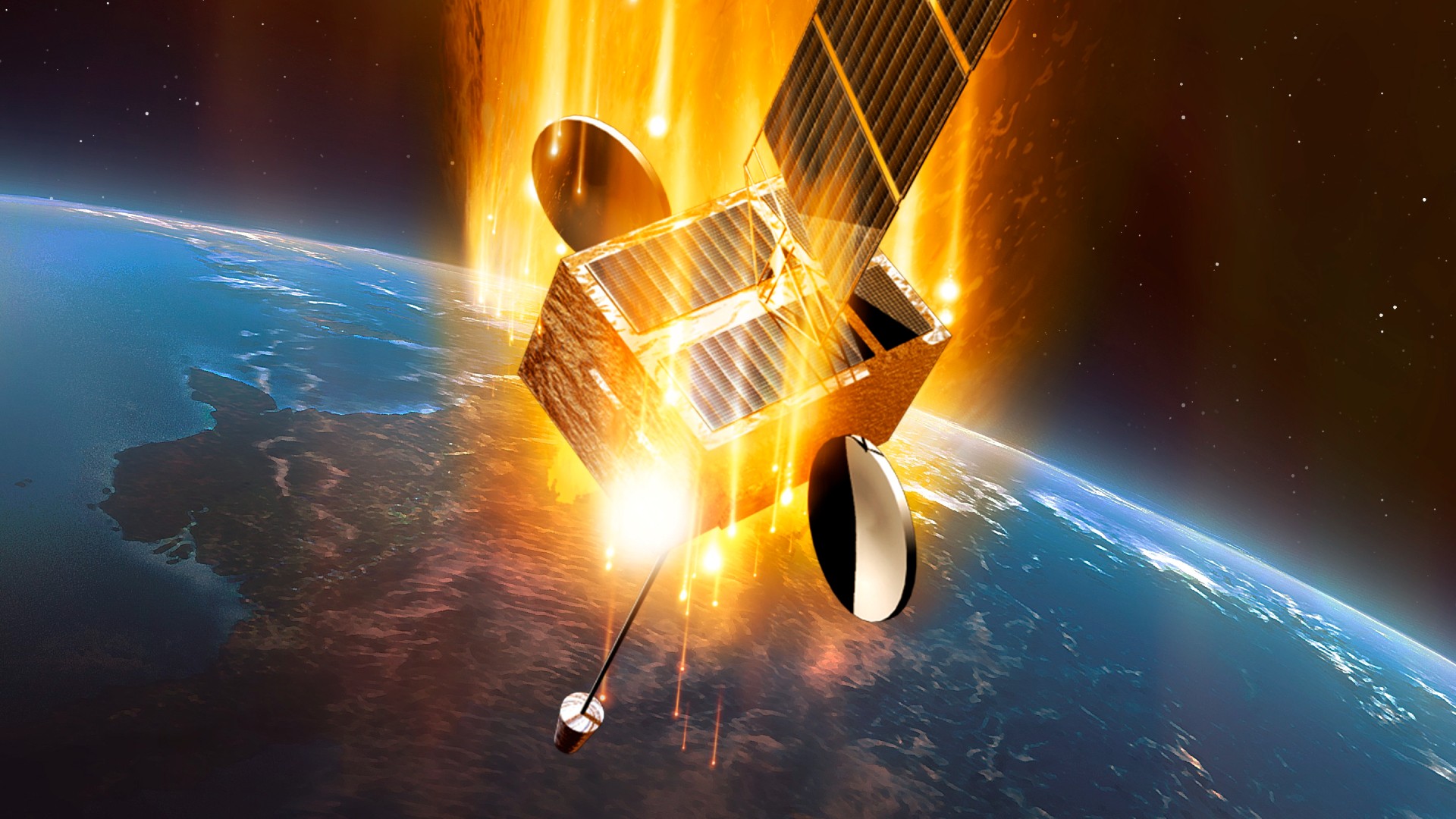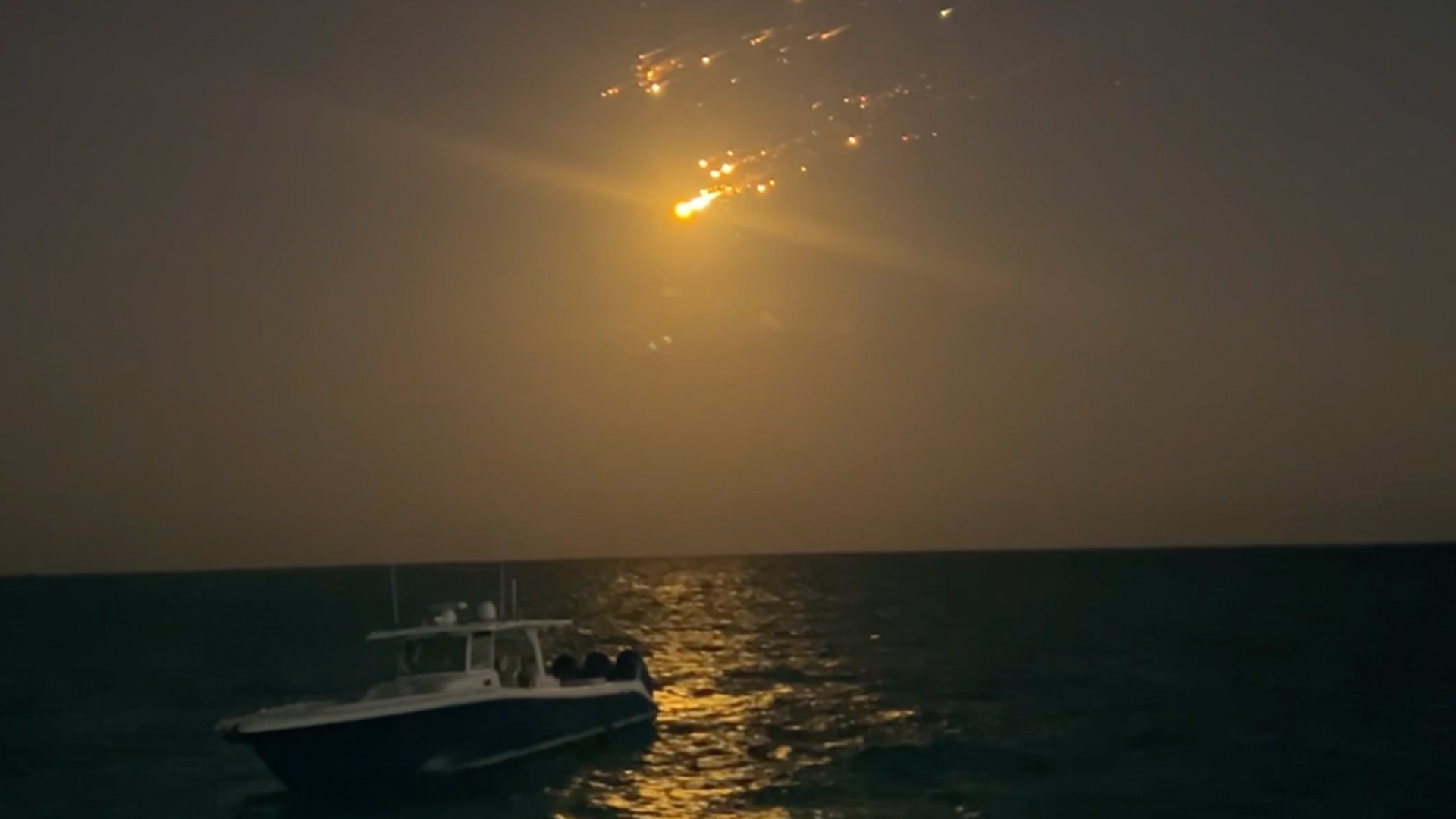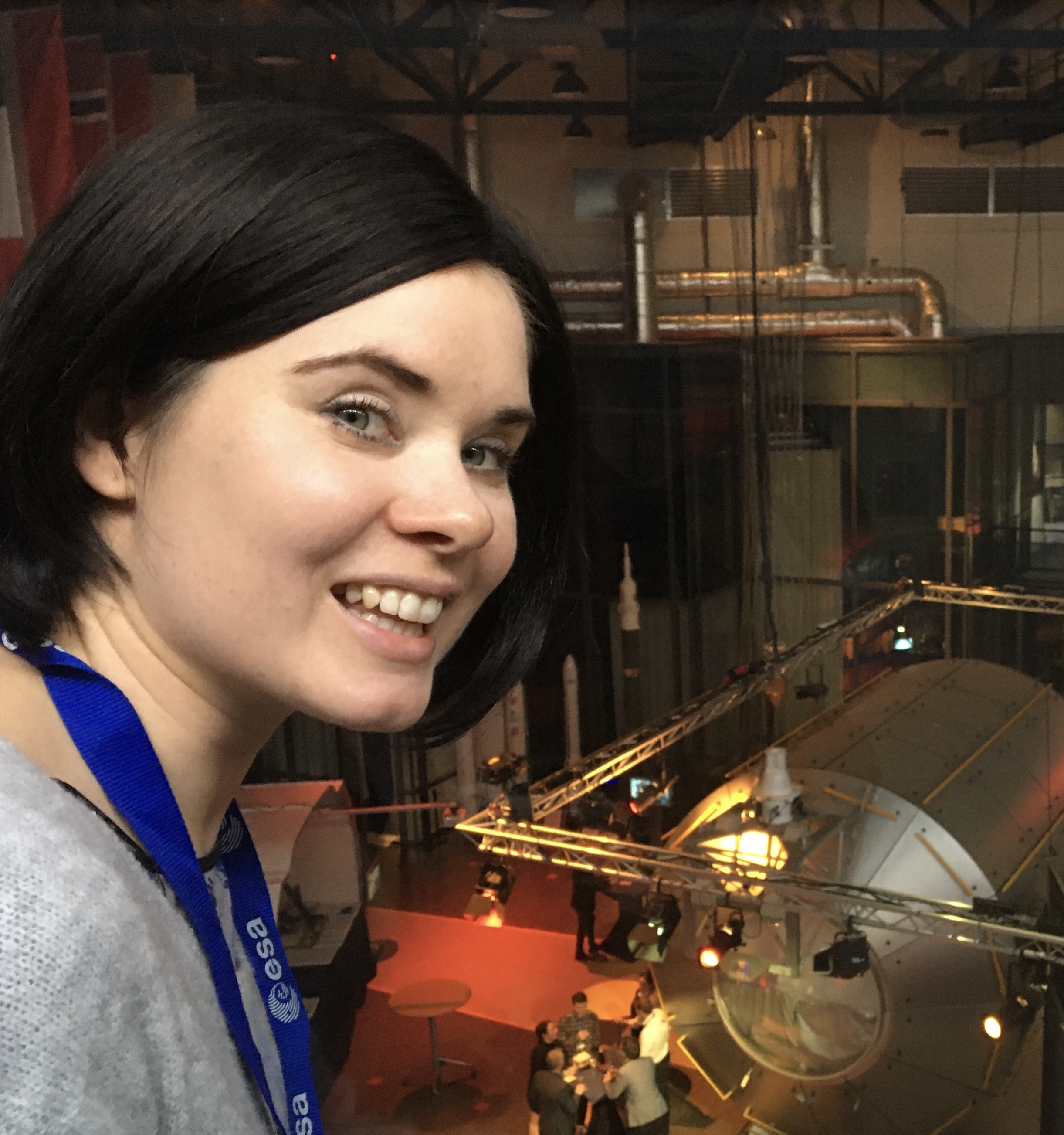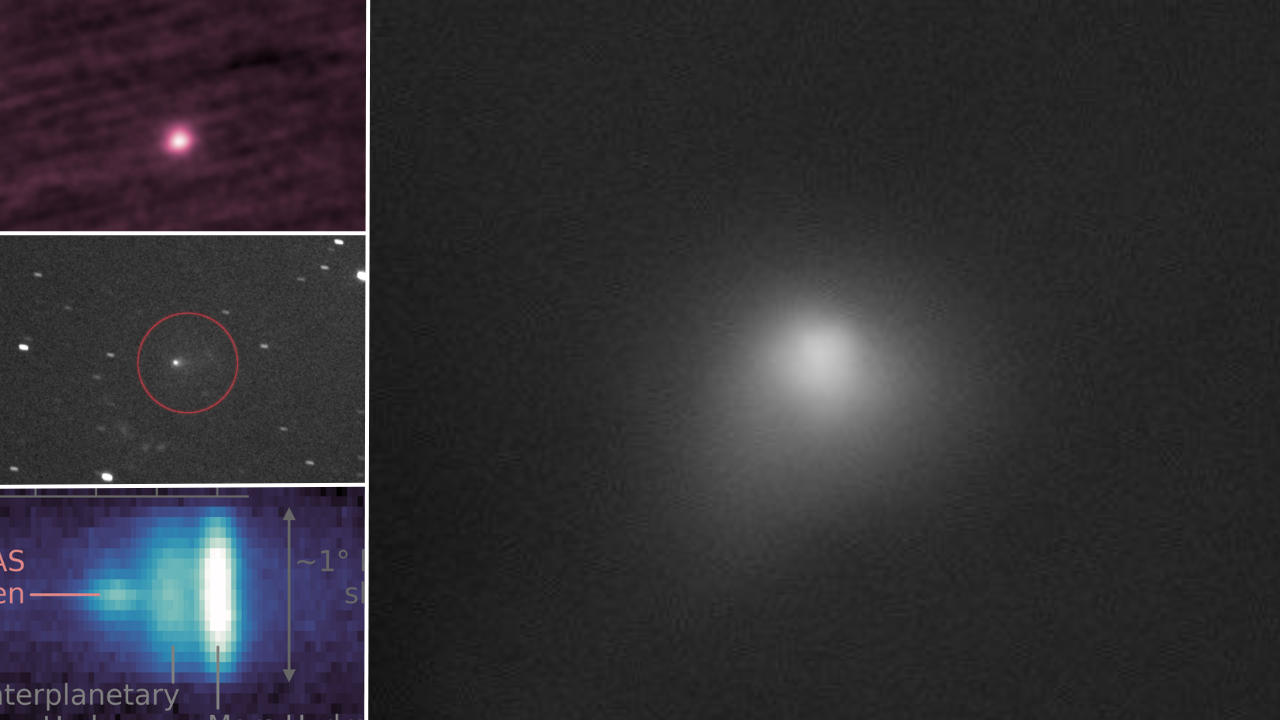Scientists worry Trump's budget cuts will halt satellite air pollution studies: 'It's incredibly short-sighted'
"The re-entries are really rising quickly. If we stop measuring what is happening in the atmosphere right now, we could be way beyond the point where we can stop the damage that's being done."

Crucial research into the effects of rocket and satellite air pollution on Earth's atmosphere is reportedly being cut as part of Donald Trump administration's cuts to climate science budgets. Experts say the cancellation comes at the worst time and will cause a major setback for the emerging field of science.
Research funding for the U.S. National Oceanic and Atmospheric Administration (NOAA) is set to be cut by an estimated $1.52 billion with funding covering climate science to be hit the hardest, according to Science.
These cuts are expected to include funding for NOAA's Office of Atmospheric Research, which has overseen multiple research projects assessing the impact of rocket and satellite air pollution on Earth's atmosphere, The Guardian reported.
Samantha Lawler, an associate professor of astronomy at the University of Regina in Canada, who has previously campaigned for stricter regulations of satellite megaconstellations, told Space.com that the cancellation of the NOAA research comes at a critical point in human history. Over the past fifteen years the number of satellites orbiting Earth has increased tenfold. With that, the quantity of space junk spiraling back and burning up in the atmosphere is quickly rising.
"Just last month, we've averaged three Starlink re-entries per day," Lawler told Space.com. "That's a lot of metal being added to the upper atmosphere. Right now is a very sensitive time to cut this research. The re-entries are really rising quickly. If we stop measuring what is happening in the atmosphere right now, we could be way beyond the point where we can stop the damage that's being done."
Satellites are mostly made of aluminum, which is not naturally found in noticeable quantities in meteorites that enter Earth's atmosphere. Satellites also contain lithium and other materials that don't naturally occur in the higher atmospheric layers. Scientists are particularly concerned about the effects of aluminum incineration as aluminum oxides produced during the high-altitude burn-up are known to cause ozone depletion.
These particles could also affect the atmosphere's thermal balance. So could soot particles emitted in rocket exhaust. Scientists worry that all these human-made chemicals entering the otherwise pristine layers of the upper stratosphere and mesosphere could lead to further climate disruptions and exacerbate the carbon-related climate change that is already underway.
Breaking space news, the latest updates on rocket launches, skywatching events and more!

Over the past few years, researchers from all over the world have begun untangling the effects of this elusive air pollution, hoping to understand the chemical reactions it triggers in the hard-to-reach upper atmospheric layers. NOAA's work has provided an indispensable backbone and a benchmark for this research, which cannot be easily replaced.
"The absence of NOAA projects would be a devastating loss to this emergent research field," Eloise Marais, an atmospheric chemistry professor at University College London whose team develops inventories of rocket and satellite air pollution, told Space.com in an email.
"NOAA expertise and measurement capabilities add an important dimension of observational evidence of environmental impact of rocket launches and re-entry ablation pollution that can't simply be replaced without serious delays during a time of rapid growth in space sector activities when this research is crucial," Marais added.
NOAA is the only research organization in the world that has been able to charter NASA's high-altitude plane to hunt for satellite air pollution particles in the stratosphere above the Arctic. That research, published in 2023, rendered disconcerting results as it detected aluminum and other "exotic" metals embedded in aerosol particles in the atmosphere in measurable concentrations.

The administration's supercomputers are also uniquely suited to model the evolution of the atmosphere's response to the rising concentrations of satellite air pollution particles, as well as compounds found in rocket engine exhaust.
"It's incredibly short-sighted to not do this research right now," said Lawler. "We need to know what is coming to prepare for it and mitigate it by, perhaps, changing our actions."
Both Lawler and Marais warn that even if funding is reinstated after the end of Donald Trump's term, the field will not be able to bounce back quickly enough. NOAA also provides funding for other institutions and commercial entities to cooperate with on research projects and expert training, all of which will now come to a halt.
"It won't simply be a four-year pause," said Marais. "It will take much longer than that to rebuild what Trump is destroying."
Lawler warned that any pause in training of the next generation of atmospheric researchers specializing in the nascent field of satellite air pollution effects will have repercussions for decades to come.
"Nobody will be trained to step in and do the next-generation work of science," said Lawler. "Even a one-year pause would have incredibly detrimental effects on what research is done and what research can be done in the future."
Marais thinks the only chance to salvage the emerging science field at this crucial time is through European countries stepping up to the plate, creating "opportunities to relocate displaced scientists."
The European Space Agency (ESA), which has a strong sustainability agenda and itself funds research into effects of satellite air pollution, refused to comment on the situation.
Timothy Whitehouse, Executive Director of the non-profit Public Employees for Environmental Responsibility, who previously discussed the situation with the Guardian, told Space.com that when exactly the "cuts would come into force is hard to tell."
"This administration has not been transparent in spending the money that Congress has authorized," Whitehouse wrote in an email. "Our sources tell us this is happening now and is a big problem for this program."
NOAA didn't respond to Space.com's request for comment.

Tereza is a London-based science and technology journalist, aspiring fiction writer and amateur gymnast. Originally from Prague, the Czech Republic, she spent the first seven years of her career working as a reporter, script-writer and presenter for various TV programmes of the Czech Public Service Television. She later took a career break to pursue further education and added a Master's in Science from the International Space University, France, to her Bachelor's in Journalism and Master's in Cultural Anthropology from Prague's Charles University. She worked as a reporter at the Engineering and Technology magazine, freelanced for a range of publications including Live Science, Space.com, Professional Engineering, Via Satellite and Space News and served as a maternity cover science editor at the European Space Agency.
You must confirm your public display name before commenting
Please logout and then login again, you will then be prompted to enter your display name.
